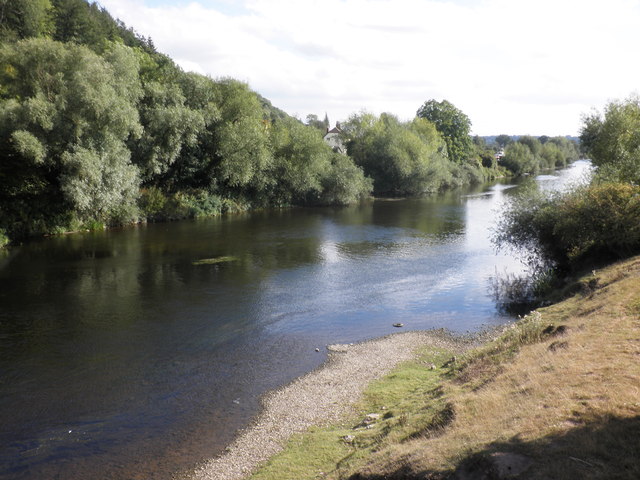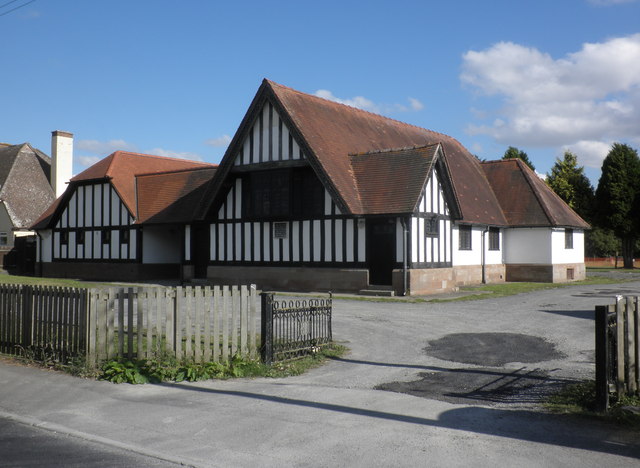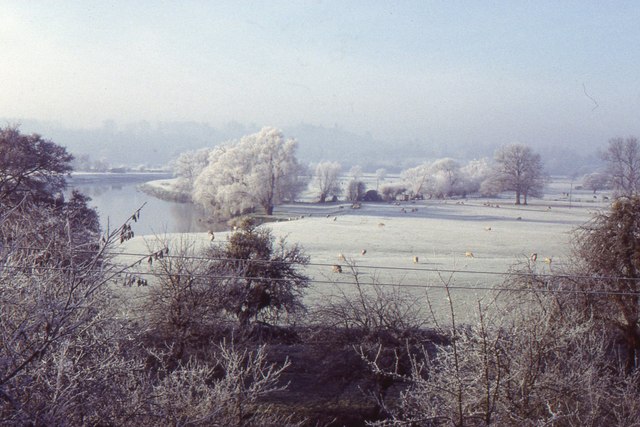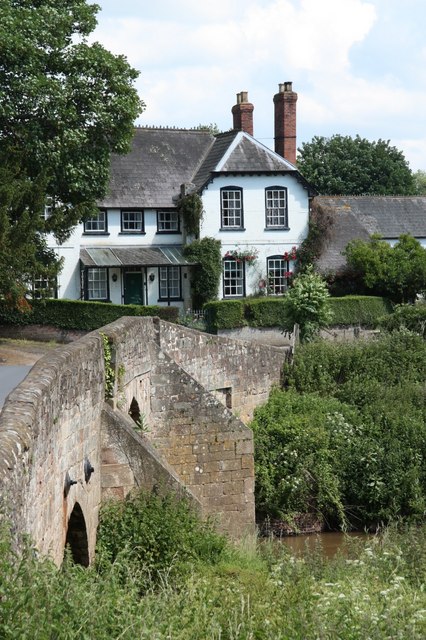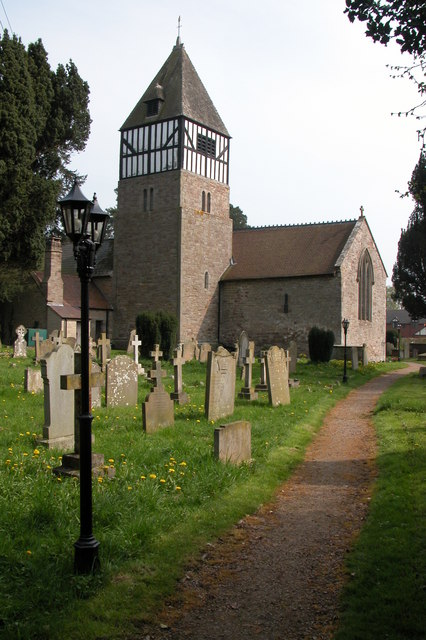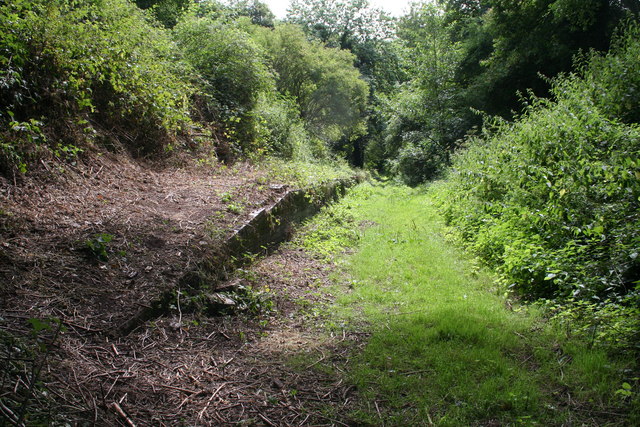Bagpiper's Tump
Hill, Mountain in Herefordshire
England
Bagpiper's Tump
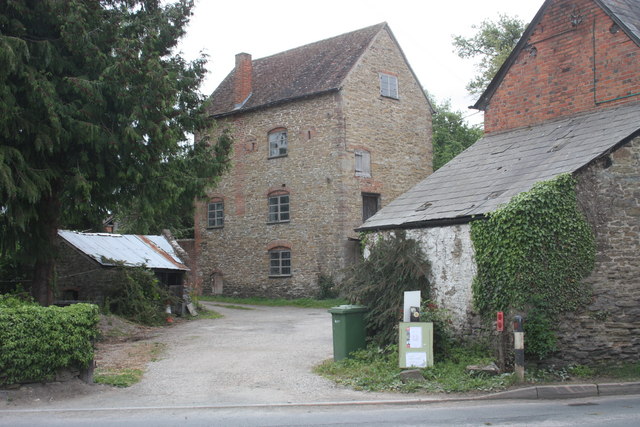
Bagpiper's Tump is a prominent hill located in the county of Herefordshire, England. Standing at an elevation of approximately 426 meters (1,398 feet), it is classified as a hill rather than a mountain. The hill is situated near the village of Garway, in the south-western part of Herefordshire.
Bagpiper's Tump offers stunning panoramic views of the surrounding countryside, making it a popular destination for hikers, nature enthusiasts, and photographers. On a clear day, visitors can admire the picturesque landscapes of the Herefordshire countryside, with rolling green hills, meandering rivers, and scattered farmland.
The name "Bagpiper's Tump" originates from a local legend, which claims that a bagpiper once climbed to the summit of the hill to play his instrument, mesmerizing the local villagers with his music. The term "tump" refers to a small hill, often with a rounded shape, which accurately describes the topography of this particular hill.
The area around Bagpiper's Tump is rich in biodiversity, showcasing a variety of plant and animal species. It is home to several species of birds, including buzzards and kestrels, as well as a range of wildflowers and woodland plants.
Overall, Bagpiper's Tump provides an ideal location for those seeking a tranquil escape in the heart of Herefordshire's natural beauty, offering breathtaking views and an opportunity to connect with nature.
If you have any feedback on the listing, please let us know in the comments section below.
Bagpiper's Tump Images
Images are sourced within 2km of 52.027175/-2.6258043 or Grid Reference SO5736. Thanks to Geograph Open Source API. All images are credited.

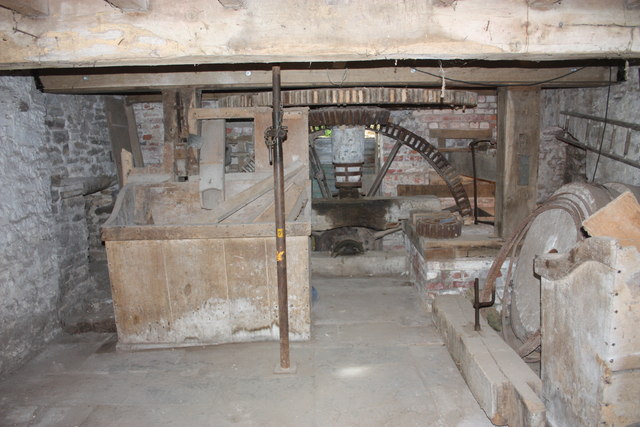


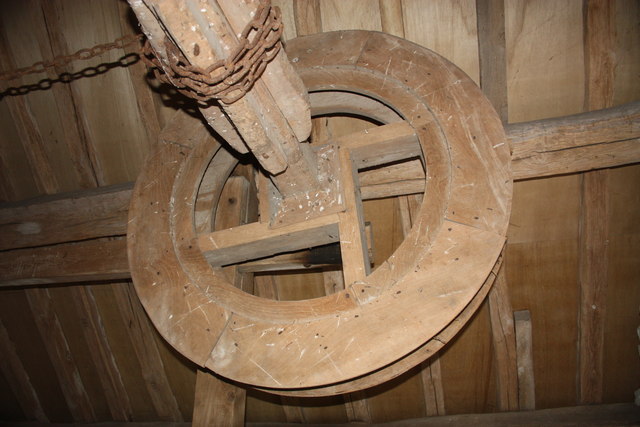
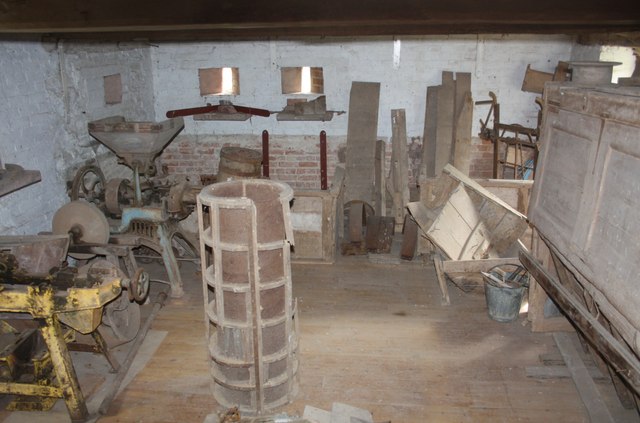
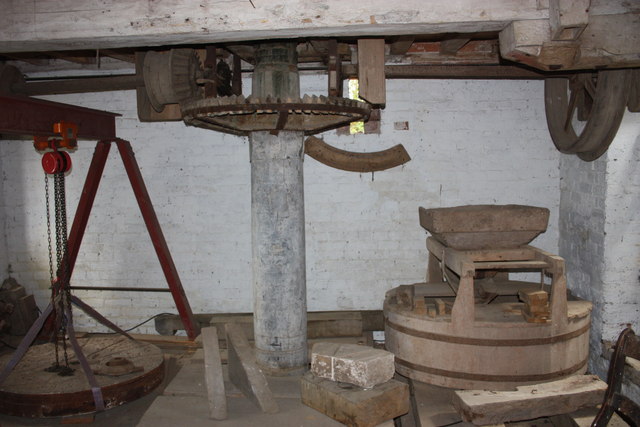

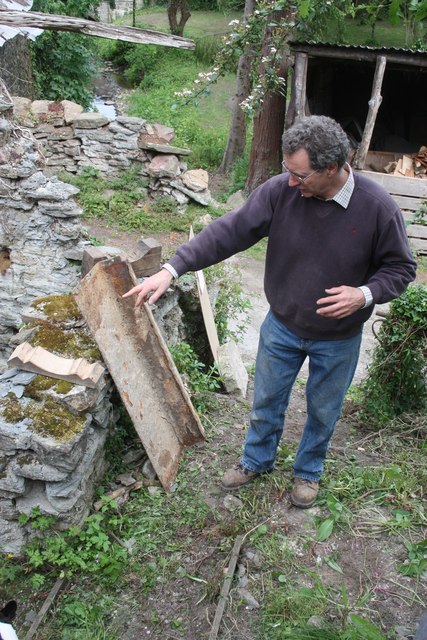
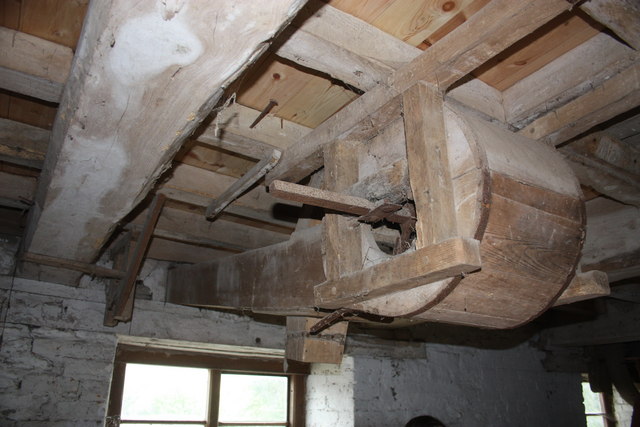


Bagpiper's Tump is located at Grid Ref: SO5736 (Lat: 52.027175, Lng: -2.6258043)
Unitary Authority: County of Herefordshire
Police Authority: West Mercia
What 3 Words
///clustered.comments.umbrella. Near Lugwardine, Herefordshire
Nearby Locations
Related Wikis
Mordiford
Mordiford is a village and civil parish in Herefordshire, England on the B4224 Hereford to Mitcheldean road 4 miles (6 km) east-southeast of the city of...
River Lugg
The River Lugg (Welsh: Afon Llugwy) rises near Llangynllo in Radnorshire, Wales. It flows through the border town of Presteigne and then through Herefordshire...
Fiddler's Green, Herefordshire
Fiddler's Green is a hamlet in the English county of Herefordshire. It is located near the River Wye on the B4224 road that connects Hereford and Ross...
Hampton Bishop
Hampton Bishop is a village and civil parish south-east of Hereford, in Herefordshire, England. The population of the civil parish at the 2011 Census was...
St Cuthbert's Church, Holme Lacy
St Cuthbert's Church is a redundant Anglican church about 1 mile (1.6 km) to the southeast of the village of Holme Lacy, Herefordshire, England. It stands...
Holme Lacy
Holme Lacy is a village in the English county of Herefordshire. The population of the civil parish was 466 at the 2011 Census. == Category == It is a primarily...
Holme Lacy railway station
Holme Lacy railway station is a disused railway station that served the village of Holme Lacy in Herefordshire. One of the original two stations between...
National School of Blacksmithing
The National School of Blacksmithing (NSB) is part of Herefordshire and Ludlow College, a college of further education (FE). It is located at the Centre...
Nearby Amenities
Located within 500m of 52.027175,-2.6258043Have you been to Bagpiper's Tump?
Leave your review of Bagpiper's Tump below (or comments, questions and feedback).



